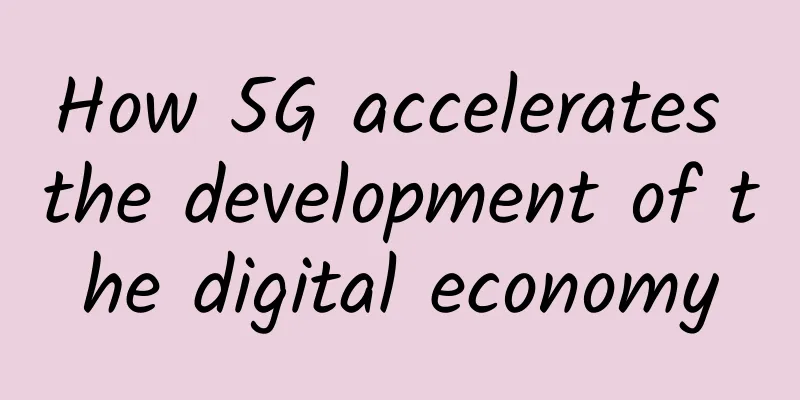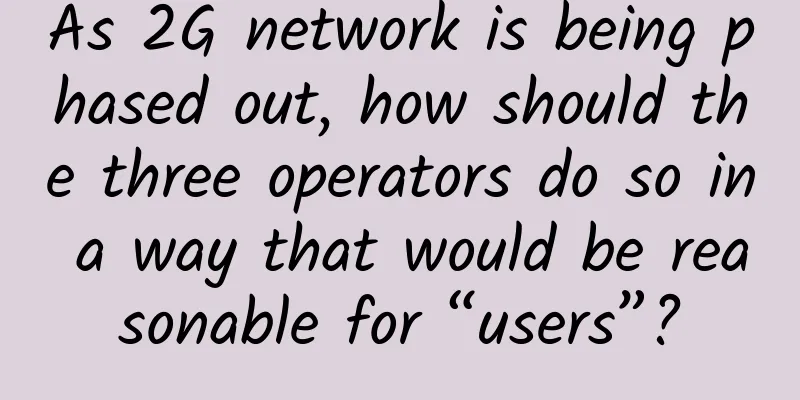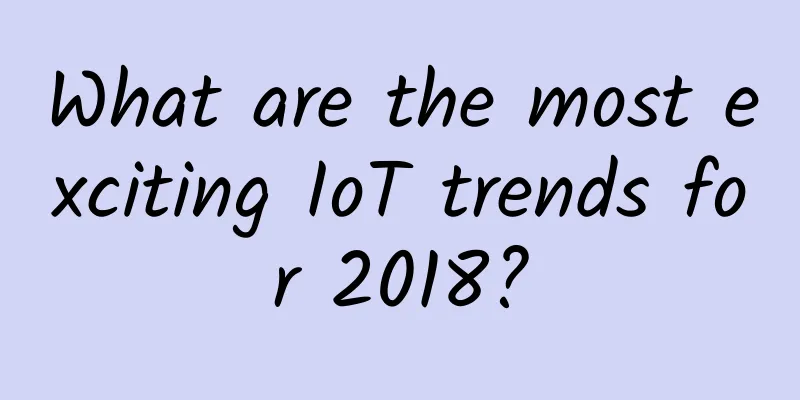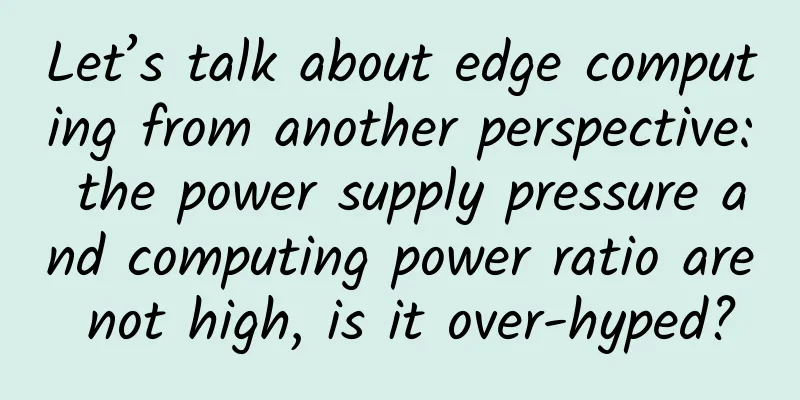The role of 5G in education: enabling distance learning and virtual labs
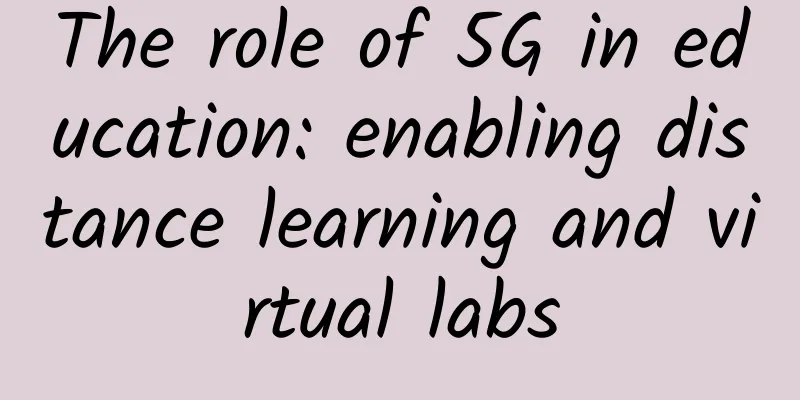
5G Education RevolutionIn the wake of global challenges that have upended traditional learning models, the education sector is turning to innovative solutions, with 5G poised to redefine the way we teach. 1. Release high-speed connectionSeamless video conferencing: 5G’s ultra-fast data speeds and low latency make real-time, high-definition video conferencing a reality. This improves the quality of virtual classrooms and enables smoother interactions between educators and students. Learn Anywhere: 5G’s ubiquitous coverage enables students to access educational resources and participate in real-time classes from virtually anywhere. This flexibility breaks down geographic barriers and enables students in remote or underserved areas to receive an education. 2. Empowering virtual laboratoriesImmersive experience: Traditional labs often face limitations in resources and accessibility. 5G helps create virtual labs with immersive experiences. Students can conduct experiments, manipulate virtual objects, and perform real-life simulations, thereby enhancing their understanding of complex concepts. Real-time collaboration: 5G-based virtual labs enable students and researchers to collaborate in real time, regardless of their physical location. This collaborative aspect fosters a sense of community and shared learning experience, similar to traditional face-to-face labs. 3. Augmented Reality and Virtual Reality in EducationAugmented Reality and Virtual Reality Learning: 5G’s low latency transforms the use of augmented reality and virtual reality in education. Interactive simulations: With 5G, interactive simulations become more responsive and realistic, providing students with hands-on experiences that were once limited to physical classrooms. This helps deepen understanding of the subject and strengthens memory. Changing the future of educationIn conclusion, 5G is about more than just faster internet; it’s about faster internet speeds. It’s about redefining what’s possible in education. As we embrace 5G’s potential for remote learning and virtual labs, it’s clear that we are on the cusp of a new era in education, where geographic boundaries are erased and immersive learning experiences become the norm. The journey to a more connected, more accessible education system has just begun, and 5G is the catalyst that propels us toward this promising future. |
<<: Interviewer asked: What are the functions of the wait and notify methods in threads?
Recommend
How to design a scalable and flexible cabling system for data centers?
Cabling is an essential part of any data center b...
How do operators’ mountaineering teams climb “5G+Industrial Internet”?
Industry is the foundation of a country and the m...
How can domestic Wi-Fi chips make up for the "lost decade"?
Since Wi-Fi 5 was launched in 2013, the gap betwe...
LOCVPS: Hong Kong Cloud 6G memory package 30% off 66 yuan/month, 20% off Hong Kong/Japan/Korea/USA and other data centers
LOCVPS (Global Cloud) has launched a special prom...
The 18th China Enterprise Annual Selection List for 2023 was announced: Huawei's high-quality Ethernet all-optical network solution won the 2023 IT Industry Campus Network Excellent Solution Award
In November 2023 , the " China Enterprise &q...
Talk: Application is slowed down? The culprit is Log4j!
[[338229]] Some time ago, we discovered that a Sa...
What exactly is BRAS?
Students who are good at English may be a little ...
The difference between continuous delivery and continuous deployment
Continuous delivery does not mean that every chan...
Big news! The three major operators jointly released the "5G Message White Paper"
This article is reproduced from Leiphone.com. If ...
Xi'an University of Science and Technology's Smart New Campus 2.0, layout of "IT unified smart operation and maintenance" (Part 1): IT asset full life cycle management
Xi’an University of Architecture and Technology i...
Platform extension ecosystem accompanies Huawei's China ICT Ecosystem Tour 2018 Highlights Halfway Review
[Original article from 51CTO.com] In the blink of...
Thinking about the Boundary Expansion of Web Front-end in the 5G Era
Author: Wang Shuyan and Wang Jiarong, Unit: China...
5 Common SD-WAN Challenges and How to Address Them
Software-defined WAN is a feature-rich technology...
The 5G era is unlikely to change the market structure of operators
The three major domestic operators have all annou...
RAKsmart: Dedicated servers starting at $30/month, 1-10Gbps bandwidth, unlimited traffic available
RAKsmart's year-end promotion is in full swin...
